
The broad goal of our research in the Lynch Lab is to understand the mechanisms and physiological consequences of complex modes of gene regulation. Our emphasis is on understanding how extracellular stimuli can induce a single gene to encode functionally distinct protein isoforms through the process of signaling-induced alternative splicing.
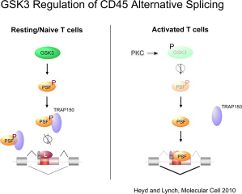
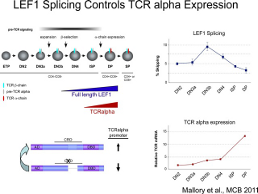
The sequencing of the human genome has thrust biology into a new era in which the driving question is no longer what is the genetic information, but rather how is this information manipulated so as to assure the proper development, function and health of an organism. In particular, it is now apparent that the majority of mammalian genes undergo alternative splicing, defined as the differential inclusion or exclusion of particular exons into the final mRNA product. Importantly, a large proportion of these alternative splicing events result in multiple distinct proteins being encoded by a single gene. Therefore, an understanding of the patterns and mechanisms of alternative splicing is essential for a full comprehension how the genome is interpreted under different conditions to affect protein function.
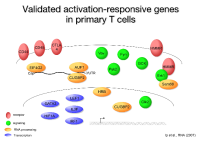
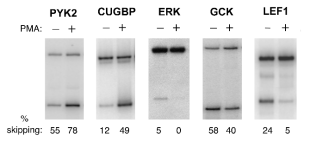
Work from our laboratory has established novel biochemical and cell-based assays for studying signal-regulated alternative splicing in mammalian T cells. These experimental systems have allowed us to gain significant insight into the sequences and proteins that regulate the activation-induced splicing of the human CD45 and LEF1 genes, both critical to T cell function. We have also established important new paradigms for mechanisms of spliceosome regulation and control of splicing factors through signal transduction pathways. In our current and future work, we are continuing to build on these themes to further probe complexity in RNA processing at both the mechanistic and cellular levels.
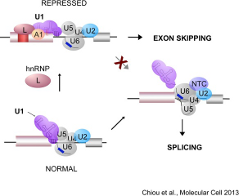
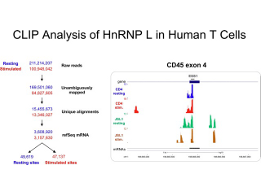
Specific questions being addressed in the lab currently include:
- How does sequence context enable a single splicing regulatory protein to control spliceosome assembly by numerous distinct mechanisms?
- How are rate-limiting transition steps in spliceosome assembly controlled by regulatory proteins and what does this tell us about the normal assembly process?
- What are the networks of alternative splicing events regulated by individual regulatory proteins and can we predict these based on sequence analysis and binding specificity?
- How do signal transduction pathways converge and diverge to control specific networks of co-regulated alternative splicing events?
- What are the physiological consequences of coordinated alternative splicing as it pertains to conferring appropriate responses of the immune system to antigen challenge?
We invite you to contact us if you have any questions or seek to join us in our work.